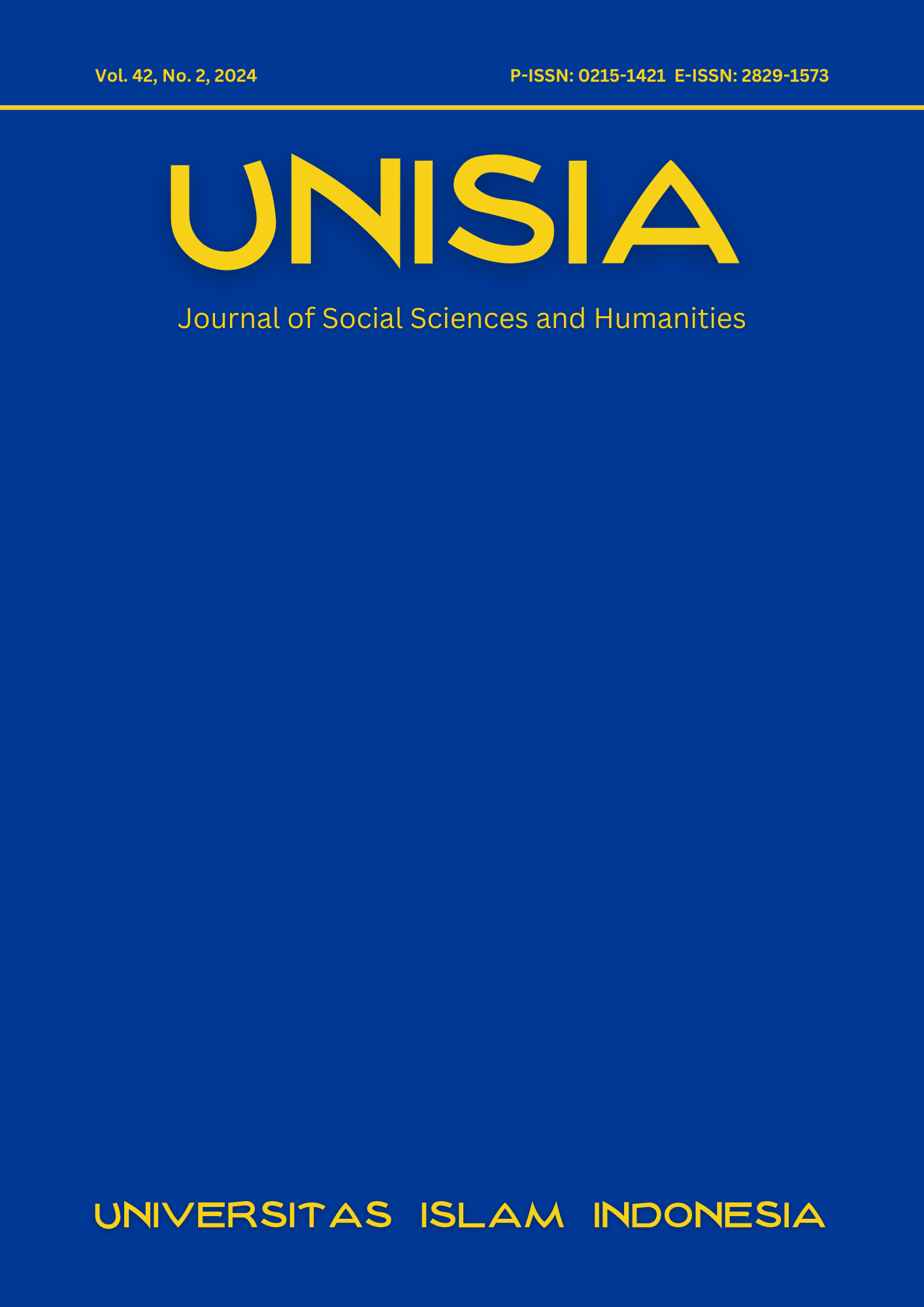Main Article Content
Abstract
In the context of Islamic banks, profitability is shaped by Sharia-compliant practices, which emphasize ethical finance and risk-sharing. While financial ratios such as Capital Adequacy Ratio (CAR), Financing to Deposit Ratio (FDR), and Operational Expenses to Operational Revenue Ratio (BOPO) are commonly used to assess profitability, their combined effects remain underexplored in Indonesian Islamic banking. This study examines the individual and collective impacts of CAR, FDR, and BOPO on the profit growth of Indonesian Islamic banks between 2015 and 2017. It seeks to identify key determinants of profitability and provide actionable insights for optimizing financial performance. Using a quantitative approach, the study analyzes secondary financial data from seven Islamic banks registered with Indonesia’s Financial Services Authority. Multiple linear regression was employed to evaluate the relationships between the independent variables (CAR, FDR, BOPO) and the dependent variable (profit growth). Descriptive statistics and diagnostic tests ensured the validity and reliability of the findings. The findings reveal that FDR significantly impacts profit growth, highlighting the importance of efficient liquidity utilization. BOPO has a significant negative effect, underscoring the critical role of operational efficiency in shaping profitability. In contrast, CAR has a negative but statistically insignificant impact on profit growth, suggesting that capital adequacy enhances stability but does not directly drive profitability. The results emphasize the need for Islamic banks to optimize financing activities, reduce operational inefficiencies, and strategically allocate capital to income-generating projects. Policymakers should consider supporting these efforts through tailored regulatory frameworks and incentives for technological adoption to enhance efficiency.
Article Details
Copyright (c) 2024 Bachtiar Bahri, Yuli Andriansyah, Adnan Qubbaja

This work is licensed under a Creative Commons Attribution-ShareAlike 4.0 International License.
- Authors retain copyright and grant the journal right of first publication with the work simultaneously licensed under a Creative Commons Attribution License that allows others to share the work with an acknowledgement of the work's authorship and initial publication in this journal.
- Authors are able to enter into separate, additional contractual arrangements for the non-exclusive distribution of the journal's published version of the work (e.g., post it to an institutional repository or publish it in a book), with an acknowledgement of its initial publication in this journal.
- Authors are permitted and encouraged to post their work online (e.g., in institutional repositories or on their website) prior to and during the submission process, as it can lead to productive exchanges, as well as earlier and greater citation of published work.




